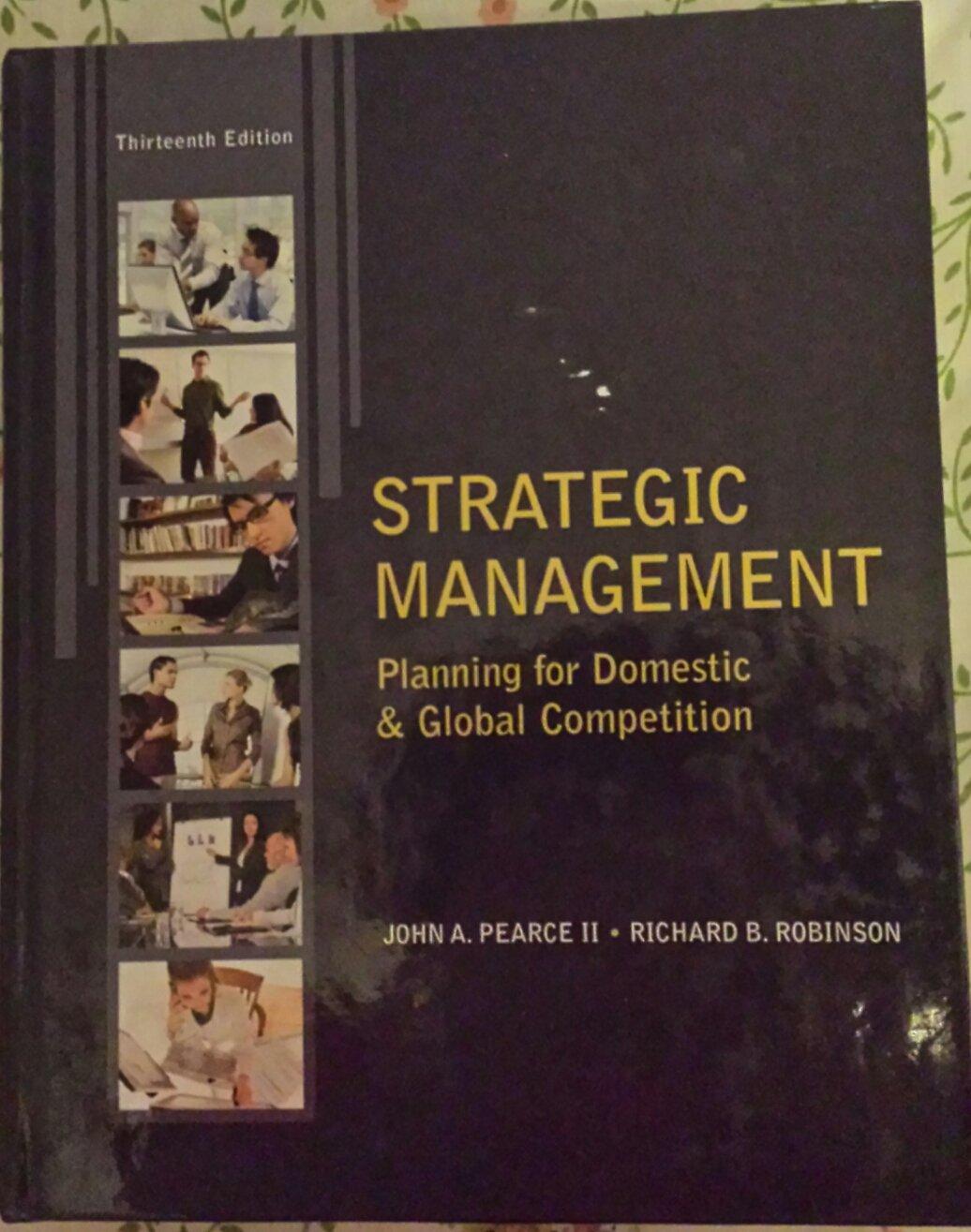Answered step by step
Verified Expert Solution
Question
1 Approved Answer
Canine Kennels Company ( CKC ) manufactures two different types of dog chew toys ( A and B , sold in 1 , 0 0
Canine Kennels CompanyCKC manufactures two different types of dog chew toysA and B sold incount boxes that are manufactured and assembled on three different workstationsW X and Y using a smallbatch processsee the figure below Batch setup times are negligible. The flowchart denotes the path each product follows through the manufacturing process, and each product's price, demand per week, and processing times per unit are indicated as well. Purchased parts and raw materials consumed during production are represented by inverted triangles. CKC can make and sell up to the limit of its demand per week; no penalties are incurred for not being able to meet all the demand. Each workstation is staffed by a worker who is dedicated to work on that workstation alone and is paid $ per hour. Total labor costs per week are fixed. Variable overhead costs are $week The plant operates onehour shift per day, or hoursweek
$
$
$
$
Step
Step
Station W
Station X
Step
Step
Station W
Station X
Product A
Product B
Raw materials
Raw materials
min
min
min
min
Purchased part
Purchased part
In the diagram, a flowchart represents the manufacturing process of products A and B in different rows. From top to bottom, rows are arranged for Product A and Product B respectively. Each row begins with an inverted triangle containing the dollar amount for the raw materials that go into the process. An arrow that emerges from the triangle is followed to the right by a series of rectangles for each step in the process. Each rectangle contains the step number, station name where that step takes place, and duration in minutes for that step. Between steps and each process has a purchased part added to the flow as indicated by an inverted triangle with the dollar amount for the purchased part inside. The final step in each process is followed by an arrow to a summary process that shows the product name, price per unit, and demand in units per week for that product. For product A a value of $ is displayed inside the initial triangle. For Step Station W is used and the step takes minutes. For Step Station X is used and the step takes minutes. After step a purchased part costing $ is added to the flow. For Step Station Y is used and the step takes minutes. The final output arrow points to summary process that reads Product: A Price: $ per unit, and Demand: units per week. For product B a value of $ is displayed inside the initial triangle. For Step Station X is used and the step takes minutes. For Step Station W is used and the step takes minutes. After step a purchased part costing $ is added to the flow. For Step Station Y is used and the step takes minutes. The final output arrow points to summary process that reads Product: B Price: $ per unit, and Demand: units per week.
Step
Step
Station Y
Station Y
Product: A
Product: B
min
min
Price: $unit
Demand: unitswk
Demand: unitswk
Price: $unit
x y graph
Part
Which of the three workstations, W X or Y has the highest aggregate workload, and thus serves as the bottleneck for CKC
Workstation W
Workstation X
Workstation Y
with a total load time of
enter your response here minutes. Enter your response as an integer.
Step by Step Solution
There are 3 Steps involved in it
Step: 1

Get Instant Access to Expert-Tailored Solutions
See step-by-step solutions with expert insights and AI powered tools for academic success
Step: 2

Step: 3

Ace Your Homework with AI
Get the answers you need in no time with our AI-driven, step-by-step assistance
Get Started


